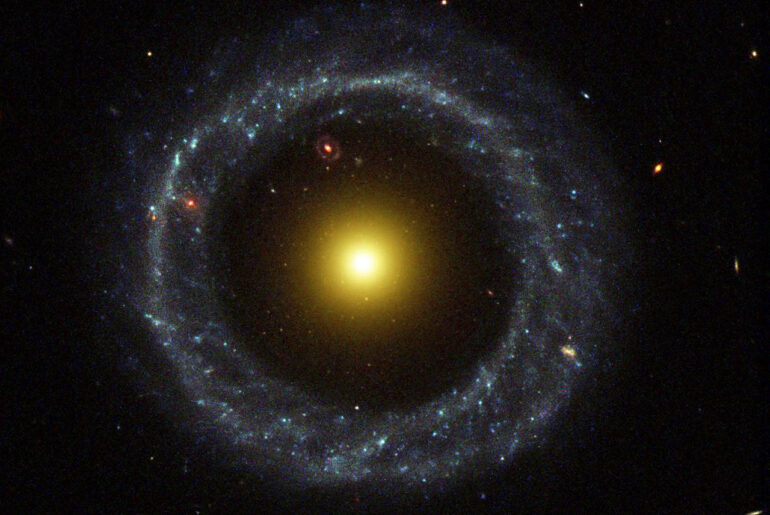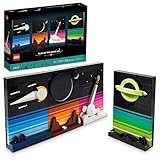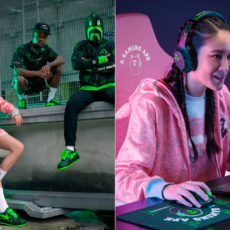
An innovative new ‘cyborg method’ used artificial intelligence and human intelligence to discover 40,000 ring galaxies. How does it work? It took over a decades worth of Galaxy Zoo volunteer measurements to create an automatic assistant—a new AI algorithm, called “Zoobot”. This AI algorithm is not only capable of accurately predicting what volunteers would say, but also understands where it could be mistaken.

The Galaxy Zoo initiative is essentially a citizen science project that collects data on stars whose orbits have been disrupted by galactic collisions and bursts of energy from supermassive black holes. ‘Zoobot’ takes this data and uses machine learning, meaning to train itself continuously until it can carry out the required function at blazing fast speeds. This AI algorithm may one day help researchers find alien intelligence. Back here on Earth, some may be more fascinated by this extremely pricey Gucci x Oura smart ring.
- 4 connectible, space-themed 3D postcards (21340) – Tell Tales of the Space Age in LEGO style with these buildable postcard models, inspired by 1980s...
- Original designs – Build colorful images of an observatory for viewing comets and shooting stars, a moon base and lunar eclipse, a space shuttle and...
- Recreate different constellations – The pink/purple postcard features stars that can be arranged to mirror the Ursa Major, Cepheus, Ursa Minor or...
Galaxy Zoo turns 15 years old this week, and we are still innovating. The work Dr. Walmsley is leading will make it possible for a new generation of discoveries to be made from upcoming large galaxy surveys,” said Dr. Brooke Simmons, Galaxy Zoo Deputy Principal Investigator.





